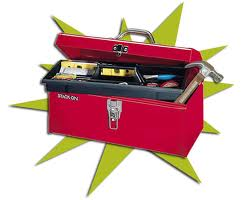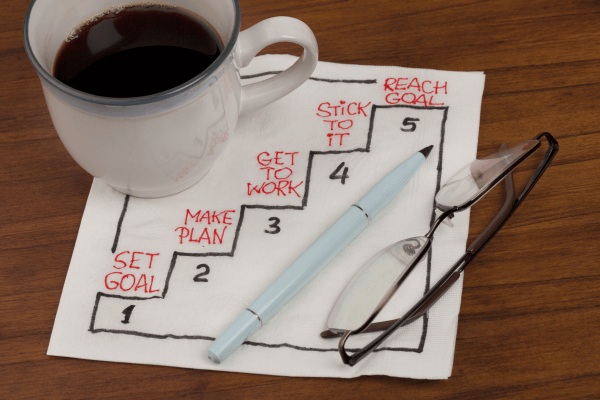Competency Models: One Size Does Not Fit All
The one size fits all t-shirt is supposed to be designed to fit "most" people but it really does not fit anyone very wel …
Select Smart: How to Choose 360 Degree Feedback Raters.
One of the key benefits of 360 degree feedback is the ability to gain perspective from a wide variety of sources. As a r …
If Performance Evaluation is Broken then Fix It!
A Q & A Session with CEO of viaPeople, Inc. Jim Perry.....
Power Saw or Utility Knife: What kind of tool is your 9 Box?
Recent discussions with several senior HR leaders and consulting partners has caused me to have a bit of concern about t …
Using Development Goal Setting to drive performance.
Development planning is a powerful talent management tool that is a critical part of both Performance Management and Suc …







